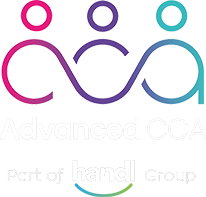AIM3 Assessment
The AIM3 Assessment Model is used to assess adolescents (aged 12-18) who are displaying harmful sexual behaviours and where there are corresponding risks of harm to others and themselves.

The AIM3 Assessment Model is a dynamic assessment framework which is capable of being responsive to developmental, systemic, and behavioural changes of the young person, their family and their environment (both pre and post assessment) and which assesses a young person across several domains:- sexual behaviour, non-sexual behaviour, development, environmental/family and self-regulation.
Following consideration and scoring within each of the domains, a profile graph is produced which both provides a visual holistic representation of the analysis and aids detailed analysis to determine concerns and strengths present and their implications for immediate risk management, safety planning and interventions with the young person and his/her carers.
Having completed the AIM3 training, ACCA’s ISWs are:-
- competent in undertaking assessment using the AIM3 model;
- able to identify the relevant information to collect and collate regarding HSB ‘(harmful sexual behaviour);
- able to analyse the relevant information to develop a profile of the young person (including both risk and need), their family and context using the AIM3 model; and
- able to develop safety and intervention plans responsive to the AIM3 assessment profile.
opportunity to address the development of services for young people who displayed
HSB in a more strategic and consistent manner and a significant opportunity to build an infrastructure for practice that had previously been missing. There was a 3-year development project (AIM) which aimed to establish policies, training, and services to young people displaying HSB.

The AIM3 Assessment model incorporates new research and practice issues such as technology-assisted sexual behaviours assessment, and a change in practice towards the development of a model that does not determine risk simply as low, medium, or high.
The model provides guidance on identifying relevant information and how to analyse this to develop a profile of the young person, their sexual behaviors, their general functioning and their context. Through case formulation, the young person’s specific needs and risks are identified, leading to more targeted interventions to reduce the likelihood of a repetition of the harmful sexual behaviour.


